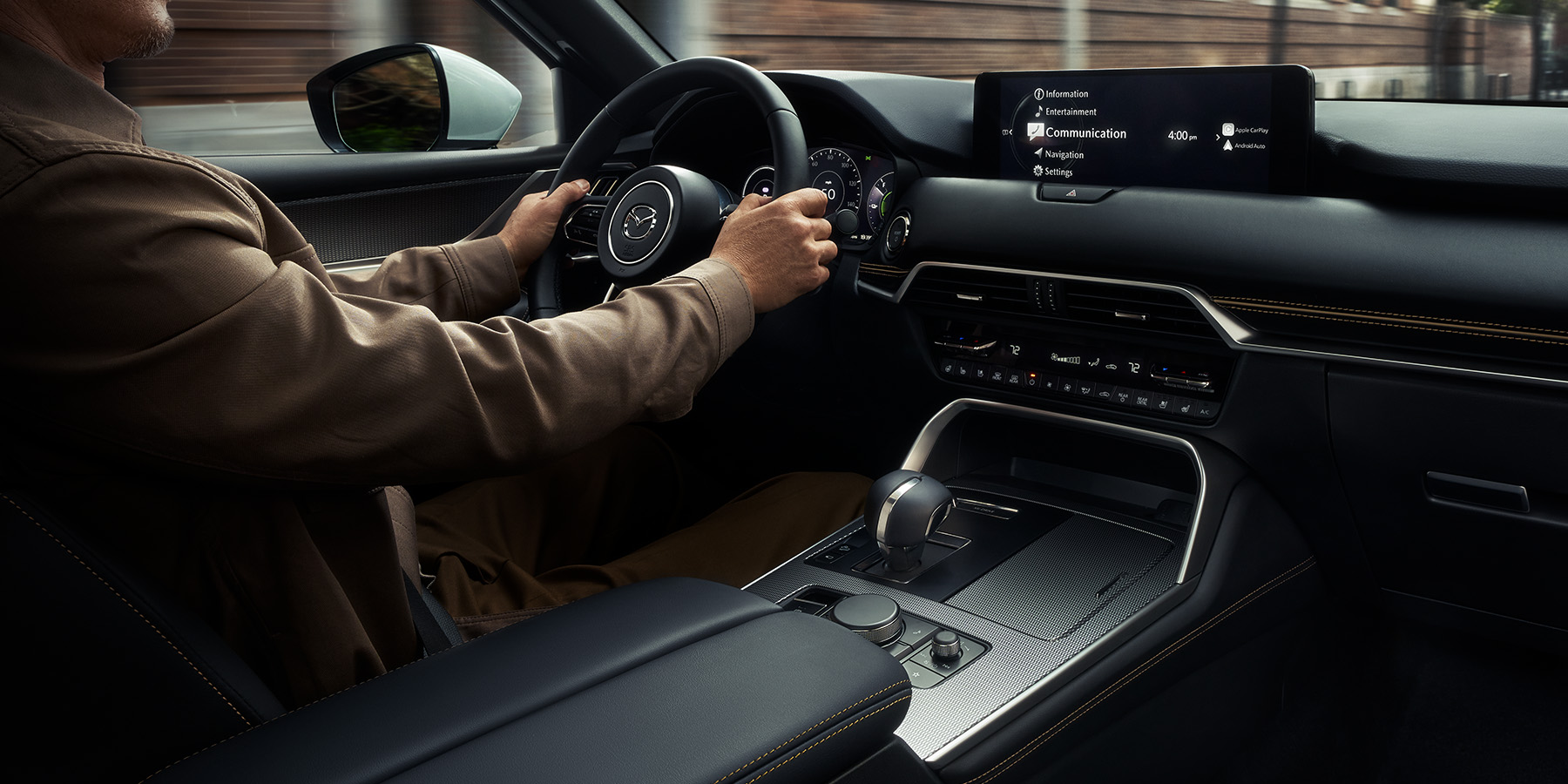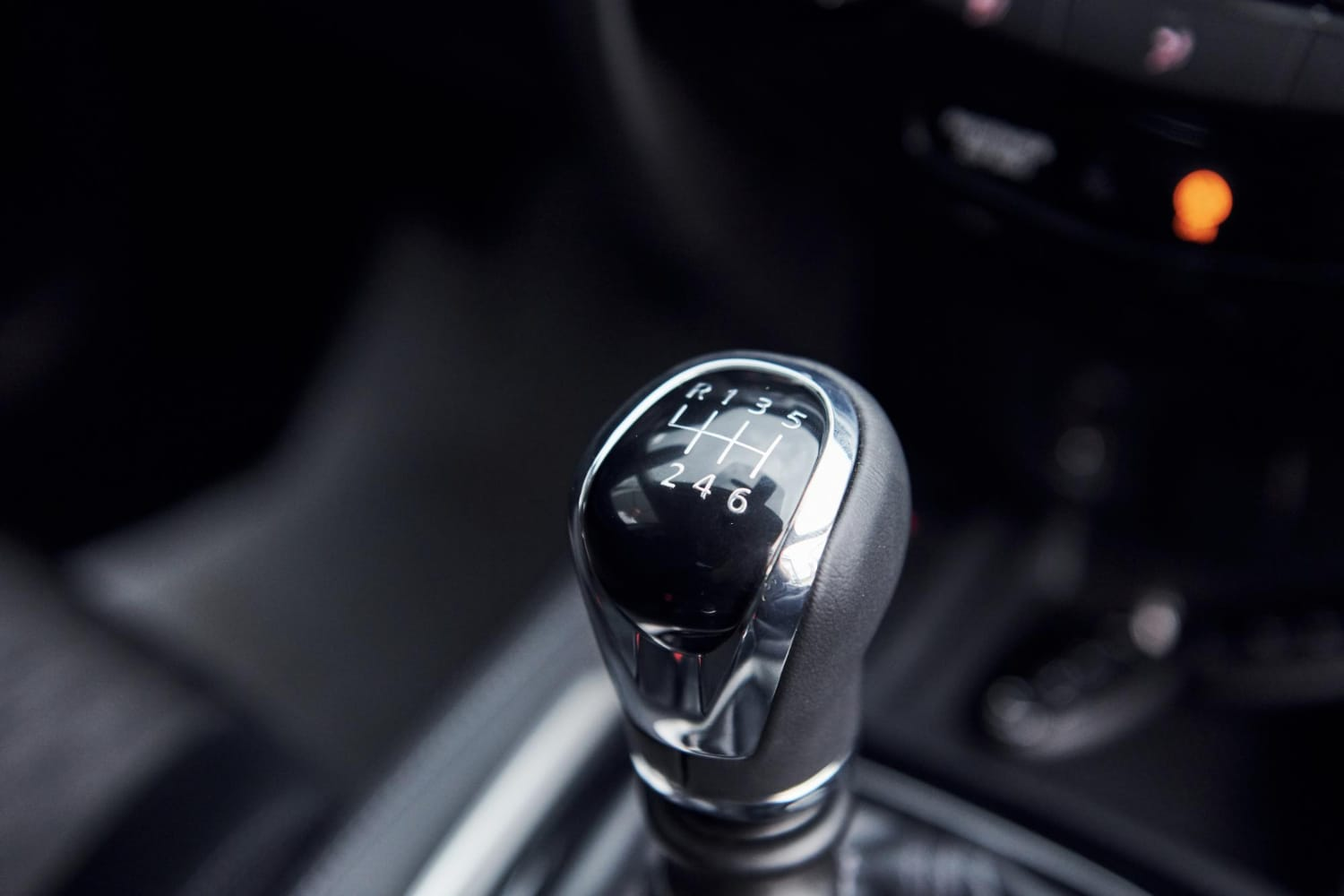
Lane Departure Warning (LDW) and Lane Keeping Assist (LKA) systems are advanced driver-assistance technologies designed to enhance vehicle safety by preventing unintentional lane departures and promoting stable lane positioning. This article explores the functionalities, benefits, challenges, and future trends of LDW and LKA systems, highlighting their significance in modern automotive safety.

Understanding Lane Departure Warning (LDW) and Lane Keeping Assist (LKA) Systems:
Lane Departure Warning systems utilize sensors, cameras, or image processing technology to monitor the vehicle’s position within lane markings on the road. If the system detects that the vehicle is drifting out of its lane without the use of turn signals, it alerts the driver through visual, audible warnings, or haptic feedback (such as steering wheel vibration).
Lane Keeping Assist systems build upon LDW by actively intervening to help drivers maintain their lane position. Using actuators or electric power steering, LKA systems provide corrective steering inputs to guide the vehicle back into its lane if it detects an unintended departure. Some systems can also adjust vehicle braking or throttle inputs to further assist in maintaining lane discipline.
Functionality and Features:
- Lane Departure Warning (LDW):
- Sensor Technology: LDW systems typically use cameras or sensors mounted near the vehicle’s front windshield to monitor lane markings on the road.
- Warning Alerts: When the vehicle begins to drift out of its lane, LDW systems alert the driver with visual warnings on the dashboard, audible alerts, or vibrations in the steering wheel.
- Lane Keeping Assist (LKA):
- Active Steering Assistance: LKA systems provide proactive assistance by gently applying steering inputs to guide the vehicle back into the center of the lane.
- Adjustable Sensitivity: Drivers can often adjust the sensitivity and intervention levels of LKA systems through vehicle settings to suit their driving preferences.
Benefits of LDW and LKA Systems:
- Enhanced Safety: LDW and LKA systems help prevent lane departure accidents caused by driver distraction, drowsiness, or inadvertent steering errors. By maintaining lane discipline, these systems reduce the risk of collisions with other vehicles or roadside obstacles.
- Driver Assistance and Comfort: LDW and LKA systems reduce driver fatigue and workload by providing continuous monitoring and proactive assistance in maintaining lane position. This improves overall driving comfort, especially during long journeys or in heavy traffic conditions.
- Accident Prevention: By alerting drivers to potential lane departures and actively intervening when necessary, LDW and LKA systems contribute to accident prevention and mitigation, thereby reducing the severity of collisions and related injuries.
- Adaptive Capabilities: Advanced LDW and LKA systems may incorporate adaptive features that adjust intervention strategies based on road conditions, vehicle speed, and environmental factors, optimizing performance across various driving scenarios.
Challenges and Considerations:
- Environmental Factors: Adverse weather conditions, poor road markings, or uneven road surfaces can challenge the accuracy and effectiveness of LDW and LKA systems. Regular system calibration and maintenance are essential to ensure reliable performance.
- Driver Awareness: Despite their benefits, LDW and LKA systems require drivers to remain engaged and attentive at all times. Overreliance on automated systems without maintaining situational awareness can compromise safety and effectiveness.
- Integration with Other ADAS: Integration with other advanced driver-assistance systems (ADAS), such as adaptive cruise control and collision avoidance systems, requires seamless coordination to enhance overall vehicle safety and performance.
Future Trends in LDW and LKA Systems:
- AI and Machine Learning: Future systems will leverage AI algorithms and machine learning to enhance lane detection accuracy, predict driver behavior, and adapt intervention strategies in real-time based on evolving road conditions and traffic scenarios.
- Augmented Reality (AR) Integration: AR overlays on heads-up displays (HUDs) or windshield displays will provide intuitive lane guidance and visual cues, enhancing driver awareness and lane positioning accuracy.
- V2X Communication: Integration with vehicle-to-everything (V2X) communication networks will enable LDW and LKA systems to exchange data with other vehicles and infrastructure, enhancing cooperative lane management and proactive hazard avoidance.
Conclusion:
Lane Departure Warning (LDW) and Lane Keeping Assist (LKA) systems represent pivotal advancements in automotive safety technology, offering drivers proactive assistance in maintaining lane discipline and preventing lane departure accidents.

As these systems evolve with AI integration, augmented reality interfaces, and enhanced connectivity, they will continue to play a crucial role in enhancing driving safety, comfort, and efficiency in modern vehicles. Embracing innovation and addressing integration challenges will be key to unlocking the full potential of LDW and LKA systems in promoting safer and more autonomous driving experiences globally.





